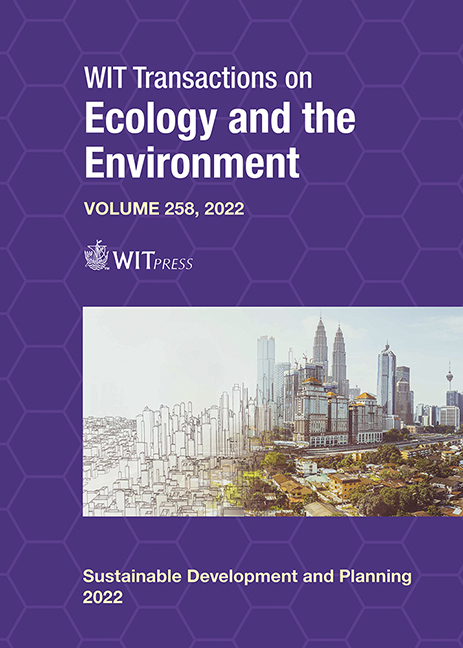HYDROMETEOROLOGICAL RISKS AND THE INSTITUTIONAL MAP FOR CLIMATE CHANGE IN MEXICO
Price
Free (open access)
Transaction
Volume
258
Pages
13
Page Range
111 - 123
Published
2022
Paper DOI
10.2495/SDP220101
Copyright
Author(s)
MILDRED MORENO-VILLANUEVA, MILTON MONTEJANO-CASTILLO, MEIKO MAKITA, SOLEDAD GARCIA-FERRARI, HARRY SMITH
Abstract
Talking about climate change is talking about a global concern, where international organizations set the guidelines for its treatment. However, each country has its own legislation and organization that create mechanisms outlined towards the adaptation, mitigation or monitoring of risks associated to climate change in vulnerable areas. For the case of hydrometeorological risks, it is necessary to identify which are the main government agencies associated with climate change in Mexico to observe what exists and how it works in order to identify instruments, policies and laws that affect the areas of action of adaptation, mitigation and monitoring of this type of risk. Therefore, based on a search methodology in digital information sources on government websites and documents, the topics related to climate change were classified into four categories: (1) Units responsible for the management, administration and execution of these topics; (2) Systems associated with such dependencies; (3) Laws and guidelines that regulate climate change in Mexico; and (4) Instruments that derive from such dependencies that support the main areas of action regarding adaptation, mitigation and monitoring of disaster risk. It was found that the analysis of the information is viable at three levels: national, state and municipal, where it is observed an inequitable production between levels of programs, instruments, strategies and funds. The government agencies have similarities between the objectives outlined for climate change. However, it is difficult to down-scale the information to the municipal level, where a higher promotion of adaptation and mitigation is observed more in terms of management rather than in operative actions. In addition, in the laws that govern these dependencies there are disconnections between the three levels so that efforts are duplicated, or objectives are not concluded, and most of the laws do not present clear references to international frameworks. The results could be useful to understand and formulate strategies and policy recommendations to reduce risks associated to climate change in Mexico.
Keywords
climate change, institutional map, disaster risk management





